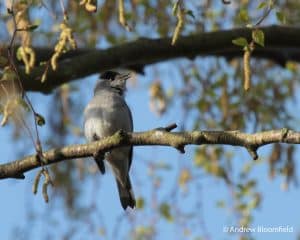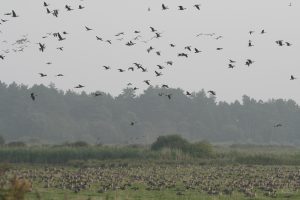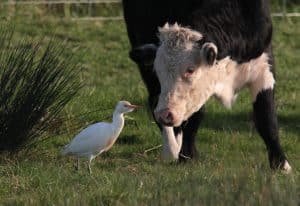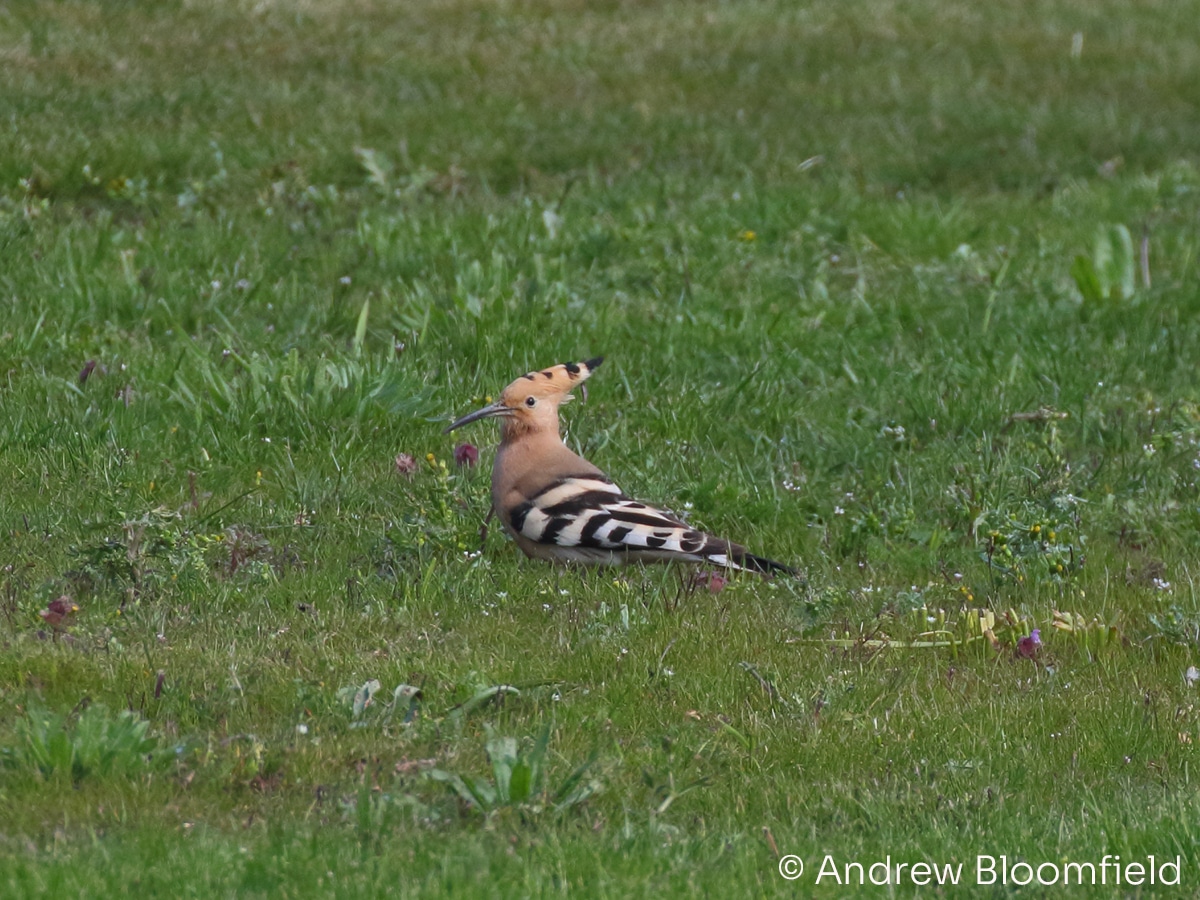
Conservation conversations: May 2025 on the Holkham National Nature Reserve
April 29, 2025 | Nature news | 4 minute read
As May arrives and the weather warms, new wildlife can be seen on the NNR. The first Ringed Plovers are already nesting on the beach and keep an eye out (and an ear out) for Oystercatchers with their distinctive call and Little Terns. These ground nesting birds, their eggs and chicks are incredibly vulnerable both to the elements and to predators, and we thank our visitors who help to protect them by keeping dogs on leads in the zoned areas and keeping well away from cordons.
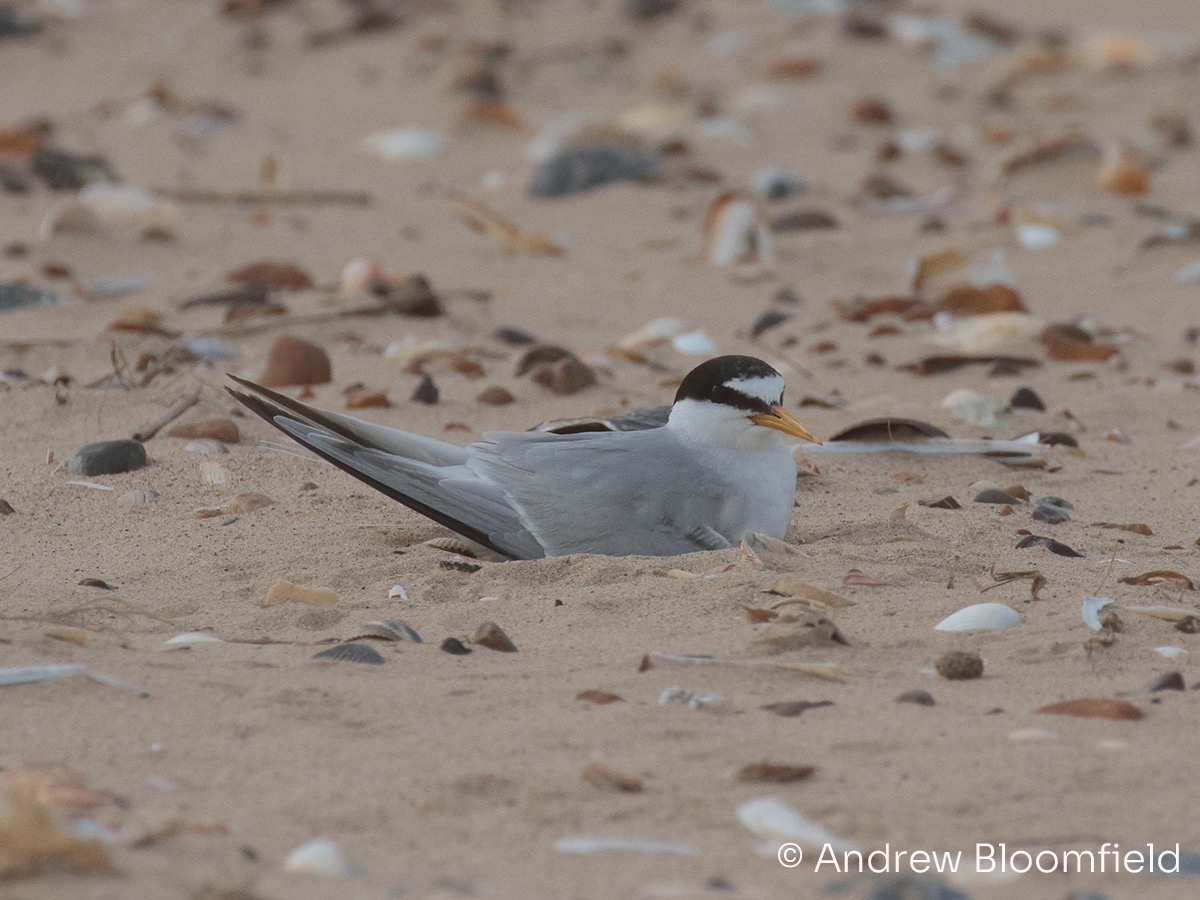
Little Tern
Up in the skies, where hopefully there will also be lots of sunshine, you will be able to see Swifts flying around at speed with the odd Hobby chasing them.
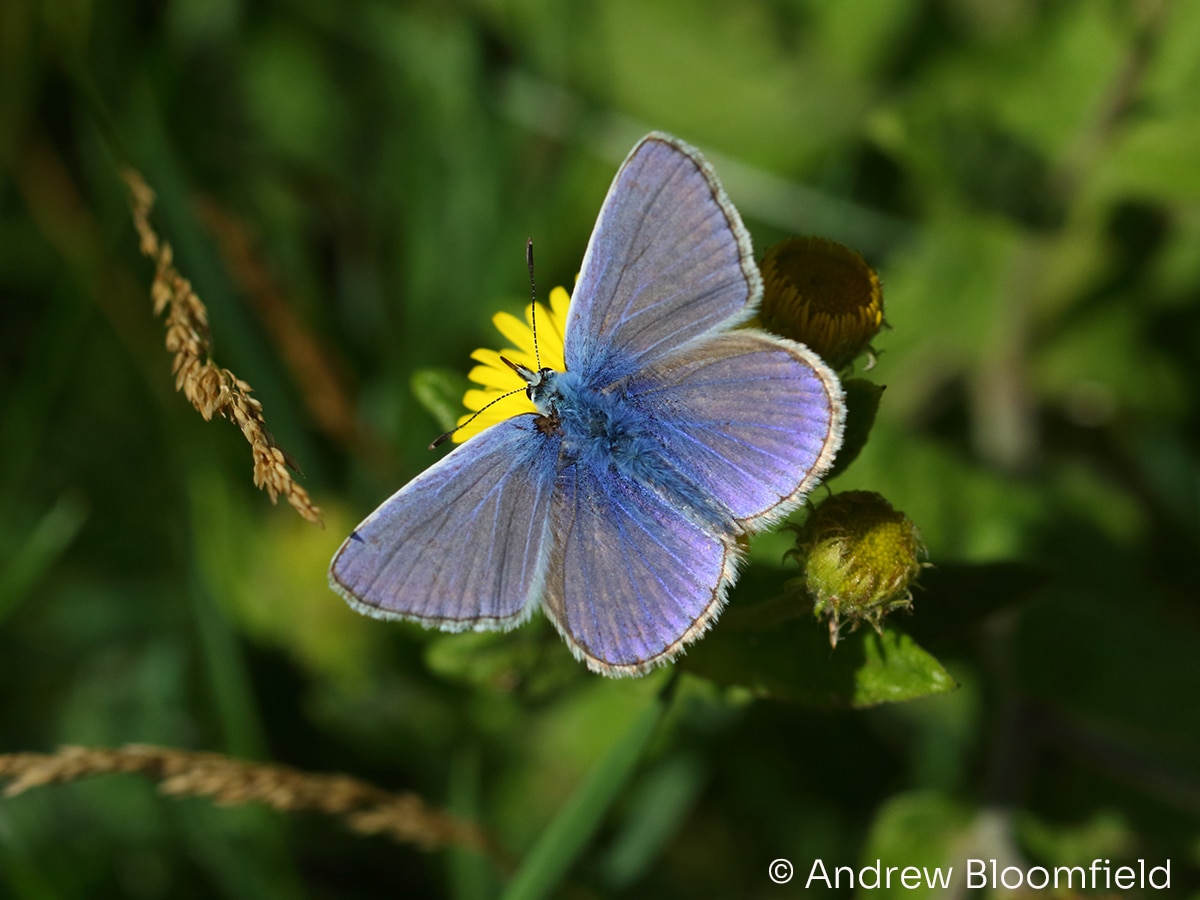
Common Blue Butterfly
Listen out for the booming of the Bittern, the call of the Cuckoo and the cries of the Lapwings as their chick hatching season starts in earnest. Day-flying Cinnabar moths will be joining the Common Blue butterflies that should be flying over the dunes if the good weather continues. And on the saltmarshes and dunes look out the vibrant pink of Sea Thrift and the first Southern Marsh Orchids.
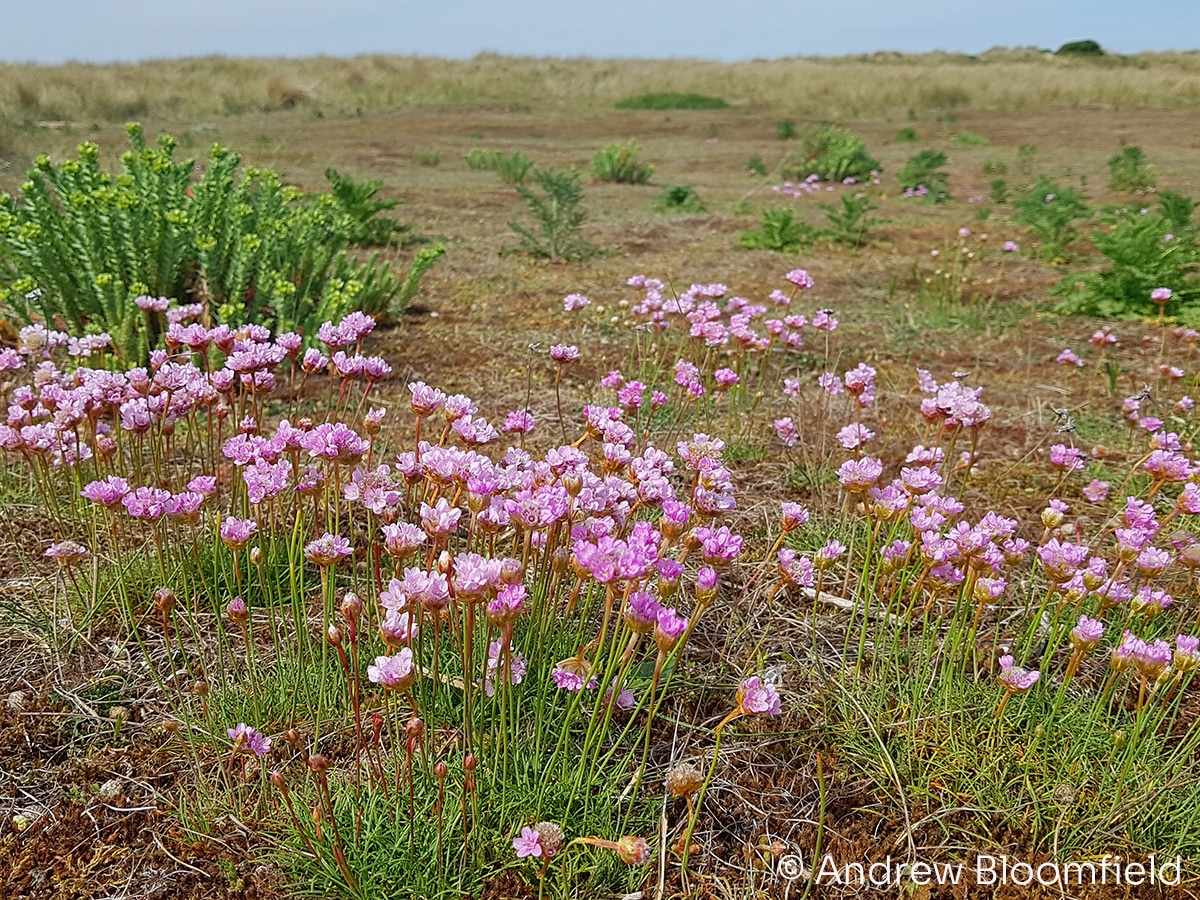
Sea Thrift
Recent sightings
April has been a month of many sightings on the NNR, some more welcome than others. Following the collision of two ships off the Humber in March, Holkham – like many other beaches along the East Coast – has sadly seen lots of plastic nurdles washed ashore. A big thank you goes to the Holkham staff and members of the public who volunteered their time to help with collecting bags and bags full of nurdles from the beach.
On a brighter note, we were delighted to see a White-tailed Eagle flying over the west of the NNR in the middle of the month. This isn’t the first time we’ve seen one here, but the great news is that this was one of the youngsters born in southern England in 2024 from the Isle of Wight reintroduction programme.
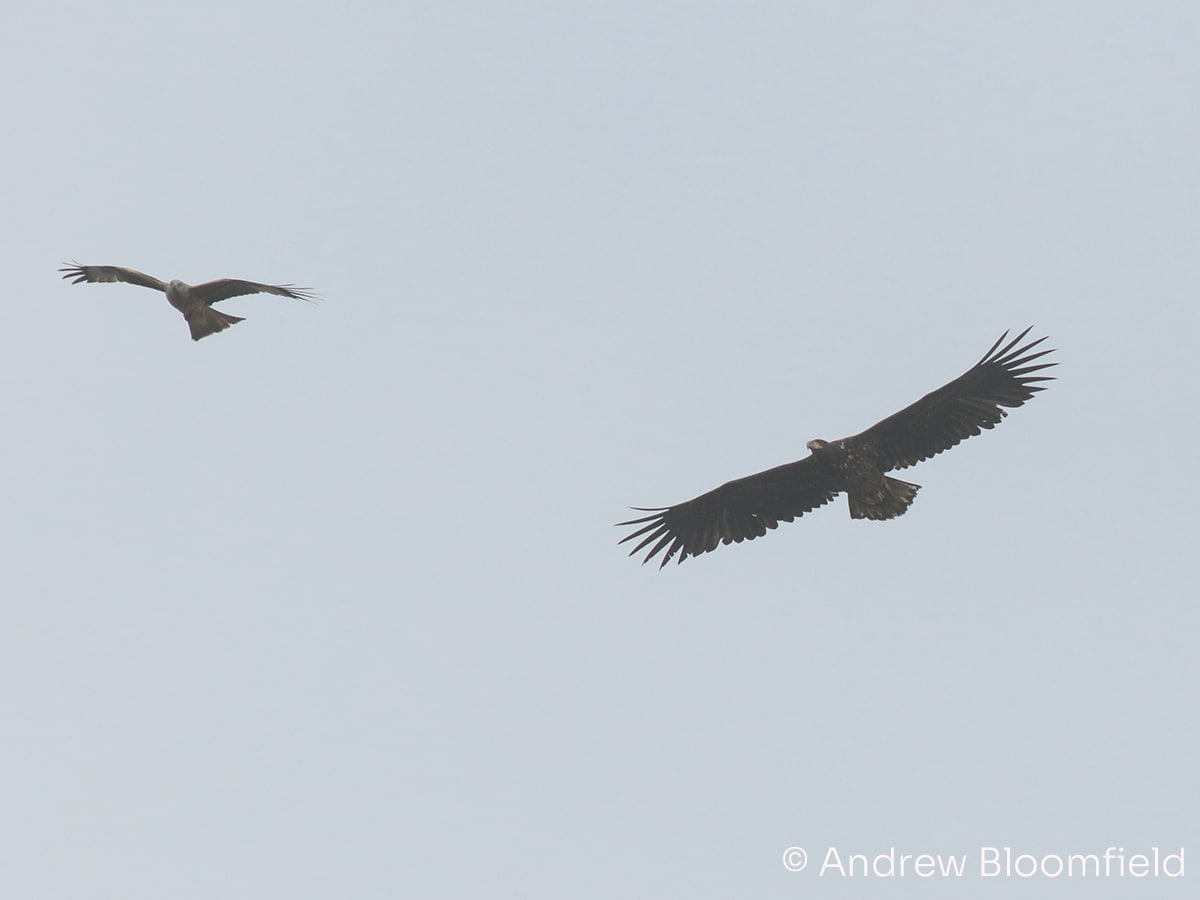
White-tailed Eagle with a Kite
Our eagle-eyed conservation technician Simon spotted a White Stork at the beginning of the month whilst cultivating the fields. His impressive spot was confirmed by one of Holkham’s gamekeepers too. While in the dunes a rare visitor from the Mediterranean – a Hoopoe – was seen at the end of the month.

Hoopoe
Migration has been affected by the cold dry spring, with migrants from Africa such as Swallows and House Martins being slow to appear. The exception has been Whitethroats and Sedge Warblers which have arrived in good numbers. Butterflies have been slow to emerge but by the month’s end reasonable numbers of Orange Tips, Brimstones, Small Coppers and Holly Blues have all been seen.
On the marshes, Lapwings have been nesting later than usual due to the cold nights, as has the emergence of Natterjack Toads on the dunes. Spoonbills continue to do well and we are pleased to see many ‘teaspoons’ (youngsters) hatching by the end of April.
For daily updates, follow us on Instagram @holkhamconservation
Back to Journal Back to Journal
